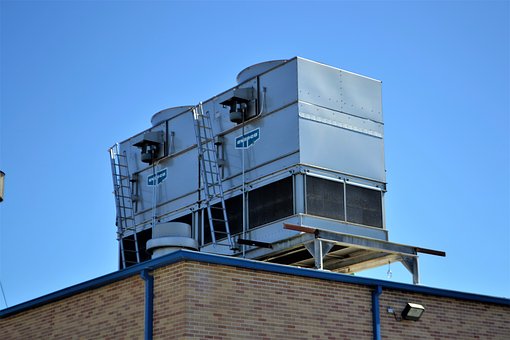A Beginner’s Guide to Changing Air Filters
 As a homeowner, it is incumbent on you to maintain your home properly. That means mowing the lawn, changing light bulbs, and replacing the air filter every few months. Though you might not think of that when you consider home maintenance, failure to change your air filters can end up wreaking havoc on your cooling and heating unit.
As a homeowner, it is incumbent on you to maintain your home properly. That means mowing the lawn, changing light bulbs, and replacing the air filter every few months. Though you might not think of that when you consider home maintenance, failure to change your air filters can end up wreaking havoc on your cooling and heating unit.
Never fear, however. We’ve put together a step-by-step guide on how to change your air filters and keep your house running in optimal condition.
1. Locate the Air Filters
Depending on your house, you may have one primary air filter or several, so do a full sweep of your house from front to back. They’re most often located in an area of the house where they will affect the most square footage directly, such as a hallway that branches off to the bedrooms. Even if you find one, keep looking, because you may have several. Check the furnace or air handler as well since you may have an additional one in there. If you do, be sure to turn off the power to the unit before cleaning or replacing it.
2. Measure the Filter
Once you’ve located the filter, open up the grate using your fingers or a small hand tool and pull the filter out. On the side should have three numbers that act as the measurements for that filter, listed in inches. Make a note of all three and head to your local hardware store for a replacement.
Generally, the filters that are found in residential units are only an inch thick. While these do a good job of cutting down on the dirt and debris found in most homes, some people with breathing issues opt for a thicker one – some even as thick as five inches. While these can provide added protection against the elements, you may have to modify your ductwork by a professional in order to accommodate the bigger size.
3. Buy a New Filter
Your local department store should have several different selections in stock, from different sizes to different brands. The average cost per filter is about $20 to $80 per filter, depending on the quality of your filter, making the annual costs of maintaining your house relatively slim.
When you arrive at the store, you’ll have some terms that may be unfamiliar. Here is a list of some of the most common acronyms and a brief definition.
- MPR – This stands for Micro-Particle Performance and is a rating system that determines how well the filter captures particles that are smaller than 1 micron. You should only see these on 3M filters and the best rating is between 1500-1900.
- FPR – This rating is exclusive to Home Depot and is called the Filter Performance Rating. Utilizing a simpler scale of 1-10, the higher the number, the better it filters out debris.
- HEPA – If you really need to reduce the amount of dust blown through your heating system, look for a High-Efficiency Particulate-Arresting (HEPA) filter that uses an electric charge to trap molecules as they pass through the filter. It’s especially handy for people with chronic lung diseases or asthma, but not much evidence to support everyday use for others.
- MERV – Minimum Efficiency Reporting Value. Developed by the American Society of Heating, Refrigerating, and Air-Conditioning Engineers, and measures how well the filtration is. Any number above a 10 on their scale is normally a quality air filter.
4. Install the Filter
After you’ve purchased the right filter, head back to the house and open up the housing grate. If you’re replacing an in-house filter, it should slide in, but if you’re replacing the furnace filter, look for the markings that will tell you which way the filter should face. Put it the wrong way and airflow won’t be able to travel very efficiently and could possibly put extra strain on your unit.

















